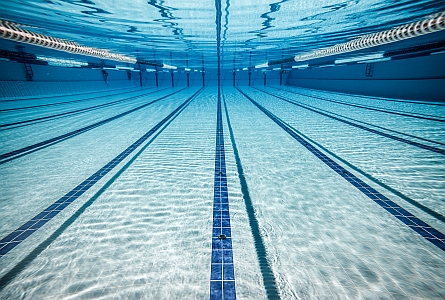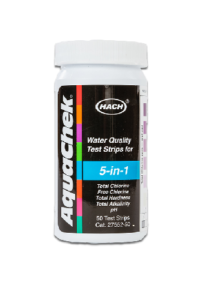Sodium Bisulfate: Pool pH Management
Sodium Bisulfate: Pool Owner’s Tool for Water Management
Proper sanitation and careful management of pool chemistry is necessary to keep pool water safe and clear. While chlorine is the most powerful and commonly used chemical for pool maintenance, it often can’t do the job alone; especially if the water’s alkalinity and pH levels are not balanced.

To keep your pool sanitizing chemicals working you need to balance
Likely Problems for Pool Owners When pH and Alkalinity are Unbalanced
While slight variations are expected, pool water with a consistently high pH can cause big problems.
Etching or corrosion on equipment and pool surfaces
Skin and eye irritation
Scaling on surfaces
Clogged filters and pipes
High chlorine demand
Cloudy water
Balancing Pool Water Starts with Sodium Bisulfate
But what is sodium bisulfate? If you’ve never heard of sodium bisulfate before, it could be because you know it by a different name (sodium acid sulfate and sodium hydrogen sulfate). For most pool owners, it is the main ingredient in your brand name pH decreaser. Regardless of the name you use, sodium bisulfate is a powerful tool for pool owners because it is a dry, granular acid that is easy and safe to store.
How Does Sodium Bisulfate Fit in the Pool Maintenance Mix?
Sodium bisulfate works to regulate acidity by lowering the pH and alkalinity of water. By keeping water pH and alkalinity where it needs to be, your chlorine can work effectively.
What Happens without Chlorine?
Without chlorine or an alternative sanitizer, pool water can quickly become murky and unhealth for swimming. The growth of algae spores can accelerate quickly, creating murky water and dangerous conditions. There are four common species of algae found in swimming pools.

Green Algae
- Most common type in fresh water
- Can grow on surfaces and in water
- Rapid proliferation happens quickly, sometimes within 24 hours

Yellow Algae
- Type of green algae that forms on pool surface
- Likes shady areas
- Slimy, yellow-brown appearance
- Can be cleaned with pool brush

Black Algae
- Most difficult to remove
- Forms on pool surface, starting small but growing rapidly
- Affixes itself to porous surface

Pink Algae
- Least common type of algae
- Found around light fixtures and pipe fittings
When surveying your pool for algae growth, look in all the places it likes to hide such as in the cracks and small corners, and especially on steps or ladders since the slippery organisms can be dangerous for swimmers.
When is sodium bisulfate needed?
It all starts with a test. Remember, sodium bisulfate lowers pH. Get a pool water testing kit to determine your current water pH. Consult the instructions on the product you purchased to determine your addition rate and then follow the recommended steps. We recommend you talk with a water management professional at your local pool store to find a sodium bisulfate based product for pH management.
Happy Swimming!
OHIO
30354 Tracy Road Walbridge, Ohio 43465
SOUTH CAROLINA
4433 Richburg Road Richburg, South Carolina 29729
(888) 858-4425

